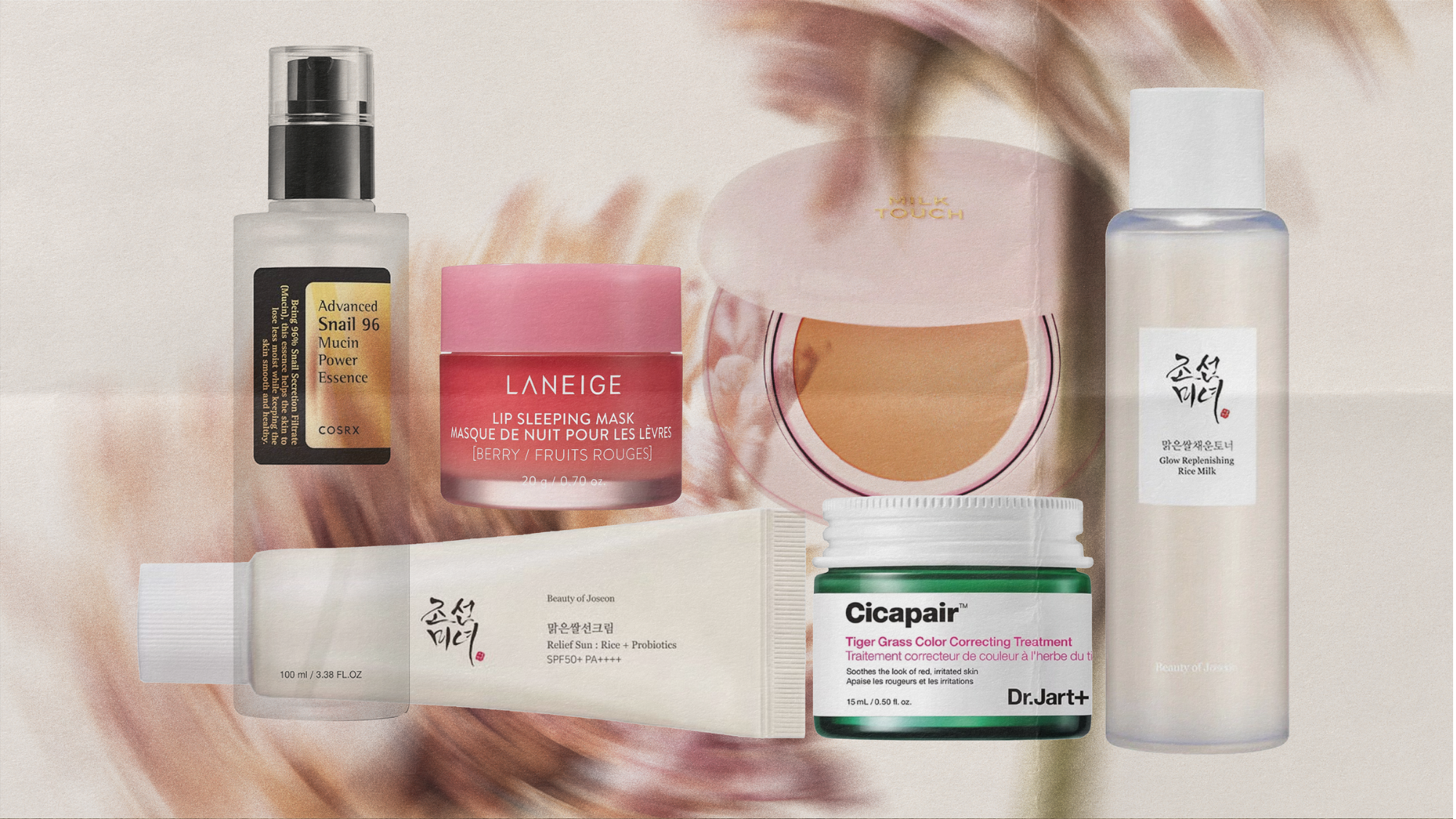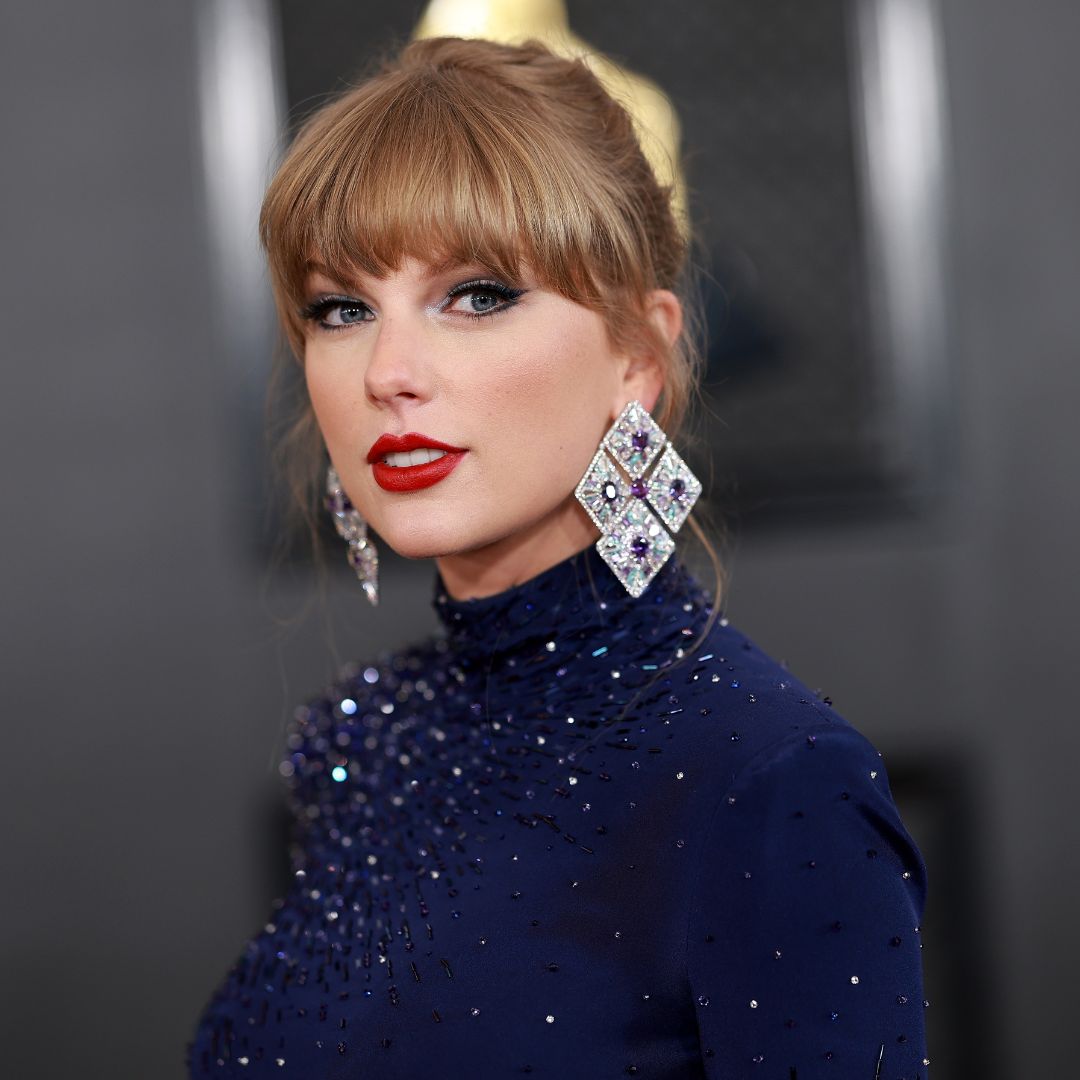We're not for panic buying, but here's how Trump's tariffs might affect your K-beauty spending habits
They could impact the industry globally


Elisa Lee became obsessed with Korean skincare in 2012, right before it went mainstream in her native China. She loved it so much, in fact, that she started a dedicated K-beauty Instagram page, which she runs to this day. “I can’t believe this is happening,” she says about President Donald Trump’s “reciprocal tariff” agenda, which sees South Korean exports levied with a 25 per cent hike on US imports. “I think everything will become more expensive, including Korean skincare. If it does, there’s a big chance I would just buy the staples and try fewer new products.”
The influencer now lives in Amsterdam, but if South Korea’s acting president Han Duck-soo’s upcoming negotiations with Trump do not result in a “mutually beneficial” agreement, many K-beauty retailers may be forced to pass on some or all of their increased costs to customers. This may have a knock-on effect for K-beauty fans like Lee, who do not live in the States.
She is not alone in feeling concerned about the future of K-beauty; in the 10 years since she fell in love with it, so too did the world; hard. Once reserved for beauty buffs in the know, it is one of the fastest-moving sectors in the industry, and light years ahead of the West in terms of innovation—having birthed some of beauty’s most viral and profitable trends, like the ‘10-step Korean skincare routine’ and ‘glass skin’.
@liahyoo ♬ original sound - Liah Yoo
“Korean skincare doesn’t promise overnight results. It focuses on soothing the skin, rebuilding the barrier and providing hydration,” Jamie*, a UK-based K-beauty influencer with over 90K Instagram followers, tells me. “It also taps into trends for clean beauty, vegan formulas and natural ingredients, all at a relatively affordable price.” Crucially, though, K-beauty is unique in the fact that it engages consumers in a feedback loop. As Lee explains, “South Korea invests a lot in K-beauty, and the competition is extremely high, so the brands compete non-stop, which is why there are new and groundbreaking formulas so often. Plus, they use hanbang [Traditional Korean Medicine] and fermented ingredients, which are incredibly effective; you won’t see them in Western brands.”
This goes some way to explaining why K-beauty is so popular globally. For its part, the US has been importing $1.7 billion worth of cosmetics from South Korea—a figure that comprises 22 per cent of all of the States’ beauty imports. This year, according to Statista, the market was projected to reach $9.69 billion, with a steady annual growth rate of 2.72 per cent. But Trump’s tariffs threaten to upend this otherwise assured trajectory. Indeed, things had already been looking tough for the sector when, in early 2025, his administration closed a customs loophole that allowed many exporters to ship products to the country without incurring import duties.
A post shared by Jamie ∥ Korean Skincare (@xopeachy_keen)
A photo posted by on
The bigger players seem braced for impact, like COSRX, who have created some of K-beauty’s most recognisable products, including the Advanced 96 Snail Mucin Essence. It sells one bottle every 20 seconds globally, the brand’s UK representative, Julia Marinkovich tells Marie Claire UK, before explaining that the brand’s status in the market is assured. “[We are] at the forefront of demand in Korean skincare, not just in the US, but globally [...] There should be minimal, if at all, impact from a consumer standpoint.” As to potential price increases, Marinkovich replies: “At the moment, we are investigating this, but our hope and thoughts are that our global prices will not be impacted. COSRX still plan to expand in all markets, so the US is just one of many, meaning we can continue our business plans as of now.”
It’s worth mentioning that COSRX was the only leading K-beauty brand that agreed to speak to me for the purposes of this article; the remainder refused, citing issues with the questions internally. I can only infer that they were concerned about worrying their customers, especially when it comes to rising prices, in a worldwide cost-of-living crisis.
Marie Claire Newsletter
Celebrity news, beauty, fashion advice, and fascinating features, delivered straight to your inbox!
However, smaller K-beauty brands have been much more outspoken about the impact the tariffs could have. “As someone managing multiple Korea-manufactured brands that ship to the US, I knew immediately that this would have ripple effects across pricing, innovation timelines, and assortment planning,” Brian Murdock tells me; he is the North American General Manager at Memebox Corporation—the parent company of popular K-beauty brands, Kaja and I Dew Care. “It’s frustrating because these tariffs penalise brands like ours that are investing in global growth and democratising high-quality skincare.”
A post shared by Elisa Lee • Skincare Tips & Reviews (@sokobeauty)
A photo posted by on
As Murdock explains, the 25 per cent tariff significantly increases the cost of bringing Korean-made products to the US. Although they’re working to absorb as much of the impact as possible, it has introduced margin pressures that could lead to delayed launches or assortment changes as they rework their cost structure worldwide.
And while bigger brands have opened factories in the US, this news is now “accelerating conversations” for smaller companies to do the same. For his part, Murdock is looking at localising certain aspects of production and exploring fulfilment strategies outside Korea for the US market—all while doubling down on “product innovation and regional exclusives to stay competitive across both tariff and non-tariff markets.” “We’re doing everything we can to avoid price increases for the consumer. That said, depending on the category and product, some price adjustments may be unavoidable in the US,” he adds.
I am based in the UK, but it’s safe to assume there will be some impact on the European K-beauty market if South Korea is hit with the full 25 per cent tariff, especially given that the US is its biggest exporter. COSRX says that the impact on the UK will be “should be minimal”, Murdock, on the other hand, states that the situation has reinforced the importance of diversifying their market strategy: “Europe—and the UK in particular—is a major focus for us. I’ve had my eye on key UK retailers, and I’ll be meeting with several of them in July to explore potential launch opportunities.”
A post shared by COSRX Official (@cosrx)
A photo posted by on
It is, ultimately, American customers who have the most to lose. What sets K-beauty apart is the fact that it is manufactured in South Korea, under more flexible cosmetic regulations. US customers often rely on Korean-manufactured sunscreens as they are far more advanced than those created on home soil, where SPF is regulated like a drug and requires more stringent safety testing to approve new chemical sunscreen filters. Tellingly, the last time an over-the-counter sunscreen ingredient was approved by the FDA was in the 1990s.
“As someone who burns if I so much as look sideways at the sun, daily SPF is a must for me,” explains Minnesota-based Emma Lawrence. “I’ve tried dozens of brands, but it wasn’t until I found Korean skincare that I finally found sunscreens I enjoyed applying. They have more advanced UVA/UVB filters than are currently available in most Western markets, as well as a higher proportion of nourishing ingredients,” she says. “I’m not particularly worried about the tariffs but there has been massive cuts to FDA regulation and oversight, which make me nervous about buying US-made products, which is another point in K-beauty’s favour.” Going forward, she will “definitely” go out of her way to purchase Korean-made SPF, she says, even if it is more expensive.
Regardless of where they are based, K-beauty fans are loyal; they tell me that they will continue to buy their staples even if prices increase. But Trump’s decision could wreak havoc on the global market, significantly increasing the barrier of entry for new consumers, while adding even more pressure for brands. While time will tell whether this will be a positive or a negative for us in the UK, it’s a situation skincare buffs should keep an eye on. As Murdock concludes, “Honestly, this is the moment to go out of your way to support K-beauty. Shop your favourite brands, especially through authorised retailers, and share the love online. Consumer demand sends a powerful message, not just to retailers but to policymakers. If K-beauty continues to perform, we can keep investing, innovating, and expanding access around the world, even in the face of trade headwinds.”
*Some respondents have chosen not to share their full names

Nessa Humayun is the Beauty Editor at Marie Claire UK. With over eight years of editorial experience across lifestyle sectors, Nessa was previously the Editorial Lead of HUNGER Magazine, and has bylines in British Vogue, Dazed, and Cosmopolitan. A self-confessed human guinea pig, Nessa covers everything from product must-haves to long-reads about the industry writ large. Her beauty ethos is all about using products that work hard, so you don't have to.


